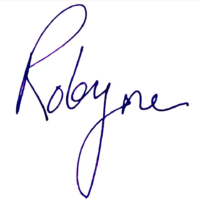Using a color code to mark your Bible is a helpful way to enhance your study and make key themes stand out. It allows you to easily find important passages and see patterns in scripture at a glance. Here’s how to get started:

- Choose Your Colors
Start by assigning different colors to various themes or topics. For example, you might use:
- Yellow for promises of God
- Green for spiritual growth or discipleship
- Blue for prayer and worship
- Red for key verses about Jesus or salvation
- Orange for instructions
- Purple for God’s attributes or commands
- Brown for sin, disobedience, and evil
Make sure to use highlighters that won’t bleed through the pages.
- Create a Key
Write a key in the front or back of your Bible or on a card for easy reference. This way, you’ll always remember what each color represents. - Start Highlighting
As you read, highlight verses according to your color code. This helps organize your thoughts and makes it easier to return to specific topics later. - Keep It Consistent
Consistency is key. Stick with your color scheme across the entire Bible to build a cohesive system that will serve you well in the long run.
Color coding your Bible makes studying more interactive, allowing God’s Word to come alive in new and meaningful ways.
With Joy,
